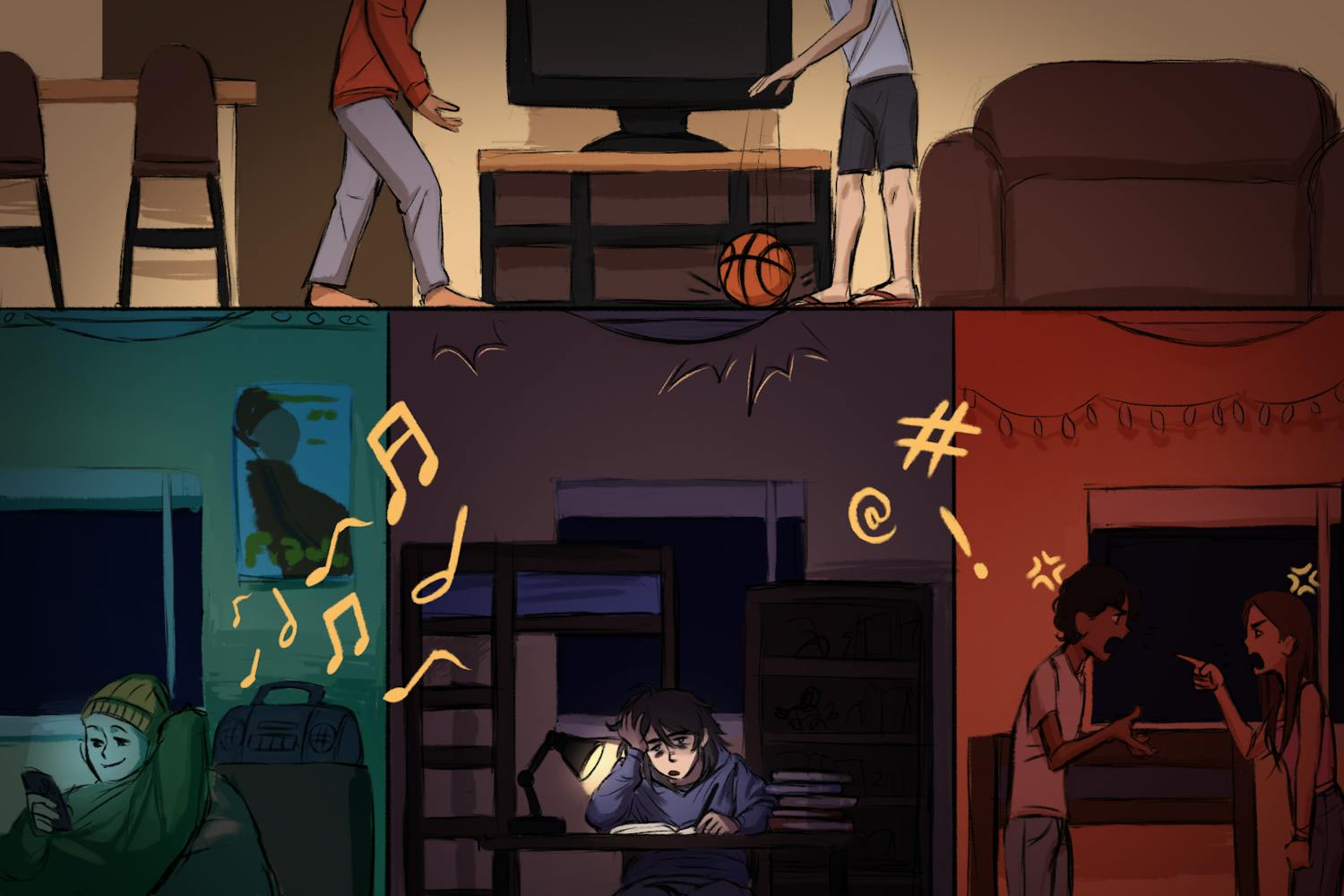It seems the whirlwind controversy and legal battles surrounding the 2008 Barack Obama “Hope” poster have come to a close.
On Jan. 12, artist Shepard Fairey and The Associated Press declined to continue the case in court, opting for a confidential financial settlement.
"I am pleased to have resolved the dispute with The Associated Press," Fairey said in a statement released by both parties last Wednesday.
However, while Fairey’s legal woes may be over at the moment, the damage to the graffiti-artist-turned-fashion-designer will take more than a few royalty checks to repair.
The adjective “iconic” hardly even begins to approach the level of popularity the design has achieved. In the vein of Jim Fitzpatrick’s depiction of Che Guevara, the heroic Argentinean guerrilla fighter, the “Hope” poster has undergone an endless serious of reprints, reproductions and even parodies, fully securing its place in contemporary American pop-culture. While the acclaim was almost immediate, the controversy did not lag behind.
On Feb. 4, 2009, less than a month after President Obama assumed office, the AP alleged that Fairey had based his poster off of an AP-copyrighted photograph, shot by freelance photographer Mannie Garcia in 2006, without permission, and thus the work constituted unfair use.
Fearful of the damage to his reputation, Fairey quickly sued for a declaratory judgment that his use of the photograph was legal under the Fair Use Doctrine. In an April 2006 response posted on his website, obeygiant.com, Fairey claimed he was fighting for both artists’ rights and an equal playing field of free use and expression. They can’t have it both ways.
“If AP photographs that do nothing but depict other artists’ work are protected by fair use, then my work has to be too, because it’s at least as transformative, creative and expressive as The AP photos we identify in my response, if not much more so,” said Fairey.
However, the former street artist’s campaign of free use ended last year. On Oct. 16, The Los Angeles Times reported that Fairey revealed he had not only knowingly used an AP photograph, he had also purposefully submitted evidence to the courts to hide this fact.
In his statement, he claimed he was taking "full responsibility for my actions which were mine alone. I am taking every step to correct the information and I regret I did not come forward sooner."
Seeing the double-standard that exists, it’s hard to have any pity for Shepard Fairey. In April 2008, Austin-based artist Baxter Orr was issued a cease-and-desist order from Fairey’s attorneys for the sale of his “Protect” piece, which appropriated elements from Fairey’s quintessential Obey Giant face.
"It's ridiculous for someone who built their empire on appropriating other people's images," Orr told The Austin Chronicle. Fairey went as far as to refer to Orr as a “parasite.”
Yet, when it is Fairey under the barrel of the legal gun, the change of tone is undeniable. He puts on a freedom fighter disguise that hides the shrewd businessman underneath. Yet the act is wearing thin, and his moniker as an urban rebel is growing tired, with blatancy that would even make Marc Ecko proud. When walking through the extensive Obey Giant collection at your local Nordstrom, one cannot help but think that Shepard Fairey has become something less than famous British street artist Banksy, and more Ed Hardy.
Reach David at dsydiong@asu.edu



